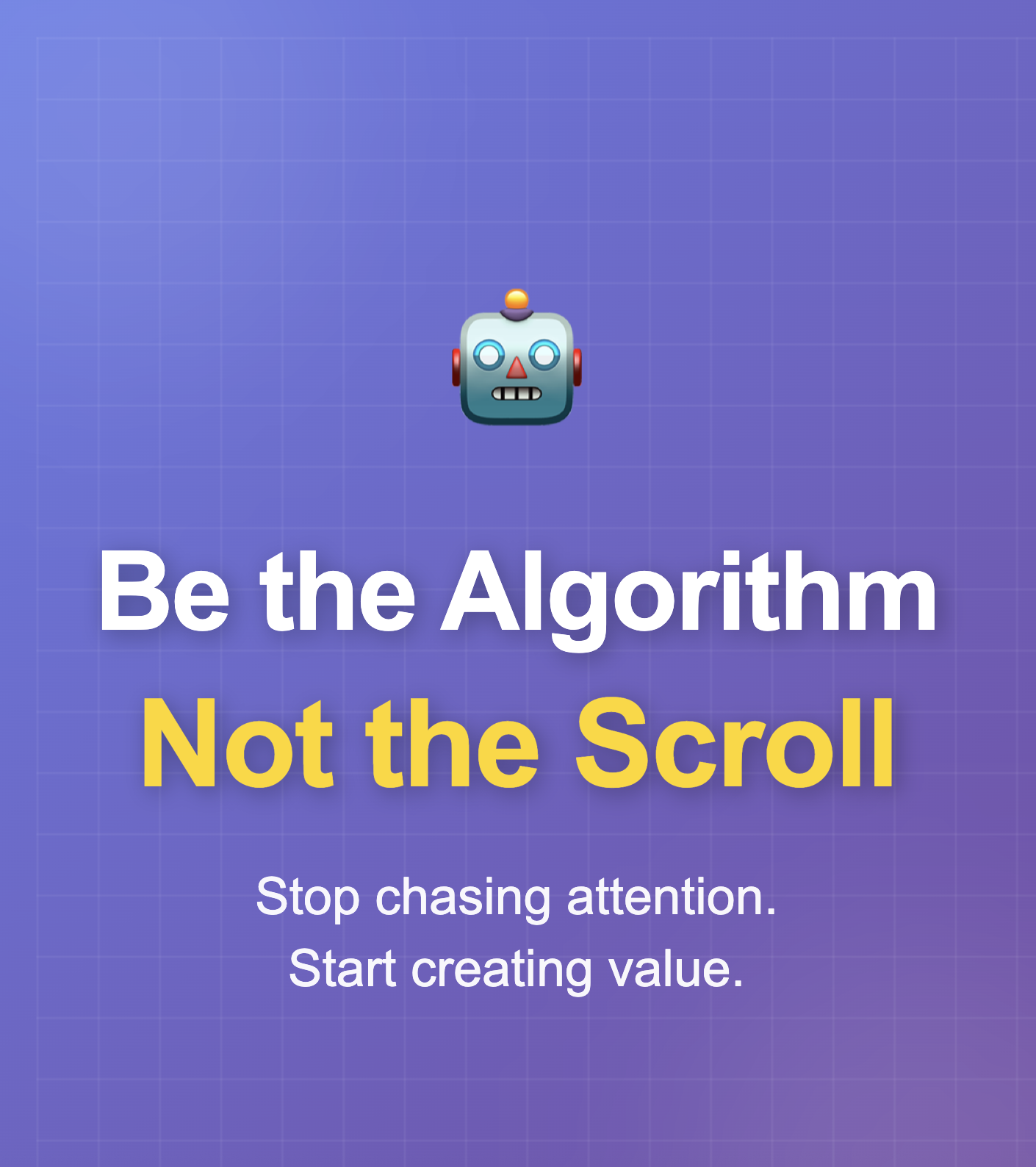From Reactive to Proactive: How Predictive Analytics Transforms IT Operations
Ever find yourself putting out the same fires over and over again? What if you could see those problems coming before they ignite?
That's exactly what predictive analytics makes possible — and it's changing how IT teams work.
What Is Predictive Analytics?
At its core, predictive analytics uses AI models to identify patterns in your historical data and forecast what's likely to happen next. It's not just about understanding what went wrong yesterday; it's about anticipating tomorrow's challenges while you still have time to act.
Think of it as your operational crystal ball — one built on data, not magic.
Why This Matters for IT Teams
Most IT professionals know the feeling: you're constantly reacting. An outage hits. Performance tanks. A deployment fails. You scramble to fix it.
Predictive analytics flips this script entirely. Instead of waiting for problems to surface, you spot the warning signs early. That performance degradation pattern? Caught it three days before it would have caused an outage. That capacity crunch? Already scaled up resources last week.
This shift from reactive firefighting to proactive prevention doesn't just reduce stress — it enables data-driven decisions and fundamentally improves service reliability.
Real-World Example: Capacity Planning
Let's get concrete. One of the most practical applications of predictive analytics is capacity planning.
By analyzing your historical usage patterns — CPU utilization, memory consumption, ticket volumes, workload trends — AI can forecast when your systems are likely to hit their limits. Maybe it's that predictable Monday morning surge. Maybe it's the gradual creep of resource usage that sneaks up on you.
Either way, predictive models give you advance notice. You can scale resources proactively, schedule infrastructure upgrades strategically, and avoid the dreaded "why is everything slow?" conversations with your users.
Try It Yourself in 5 Minutes
Want to dip your toes in? Here's a quick hands-on exercise:
Grab a sample dataset from your environment — CPU utilization logs, ticket timestamps, anything with time-series data. Load it into Excel, Google Sheets, or Python. Plot the trends over time, then calculate a simple moving average to smooth out the noise.
Now ask yourself: If this trend continues, what does next week look like? What early warnings do you see? Where might problems emerge?
Even this basic analysis can reveal surprising insights about your infrastructure's behavior patterns.
How Financial Services Uses This
Banks and financial institutions have been pioneers in this space. They use predictive models to forecast transaction volumes and prevent system slowdowns during peak periods — think market open, month-end processing, or major payment windows.
By anticipating demand spikes, they keep their digital services stable and responsive when customers need them most. The same principles apply whether you're running a trading platform or managing internal corporate systems.
The Bottom Line
Predictive analytics isn't about having perfect foresight. It's about shifting from "we'll deal with it when it breaks" to "we saw this coming and already handled it."
That shift makes all the difference — for your team's workload, your system's reliability, and your organization's ability to deliver consistent service.
Ready to stop reacting and start anticipating?
Want to learn more? Check out IBM's guide to predictive analytics for a deeper dive into how these techniques work and where they're headed next.
What problems in your environment could benefit from predictive analytics? Share your thoughts in the comments below.



